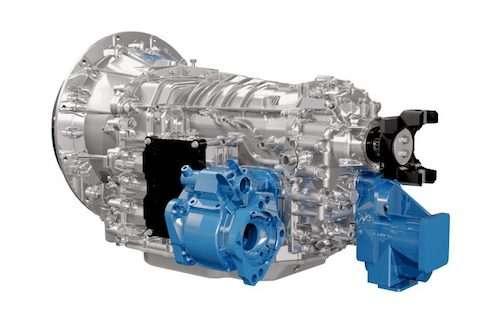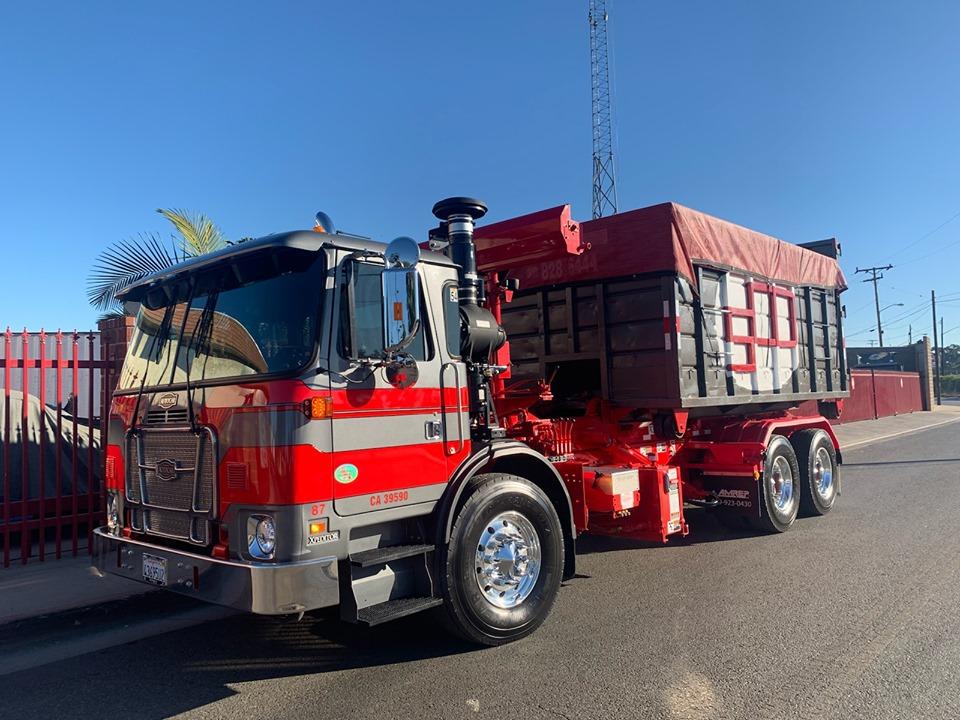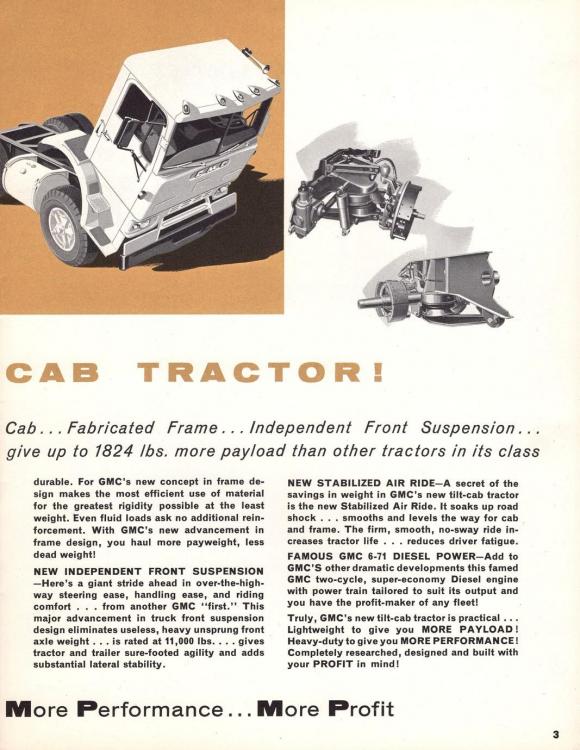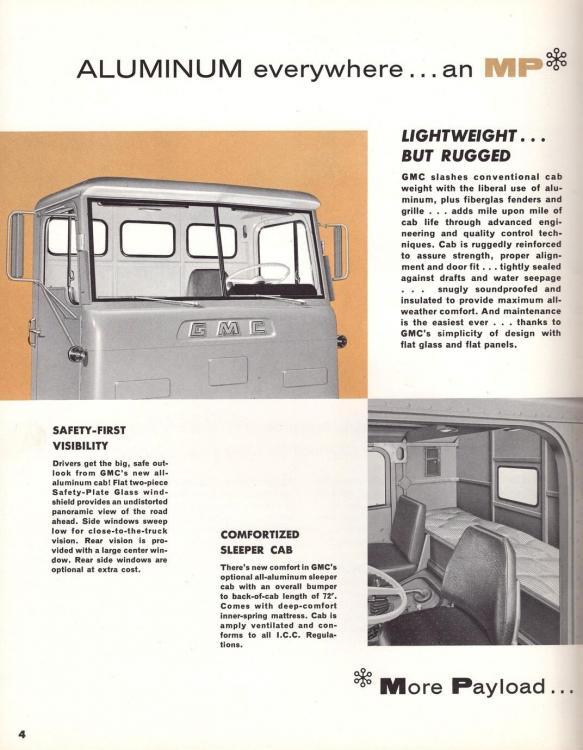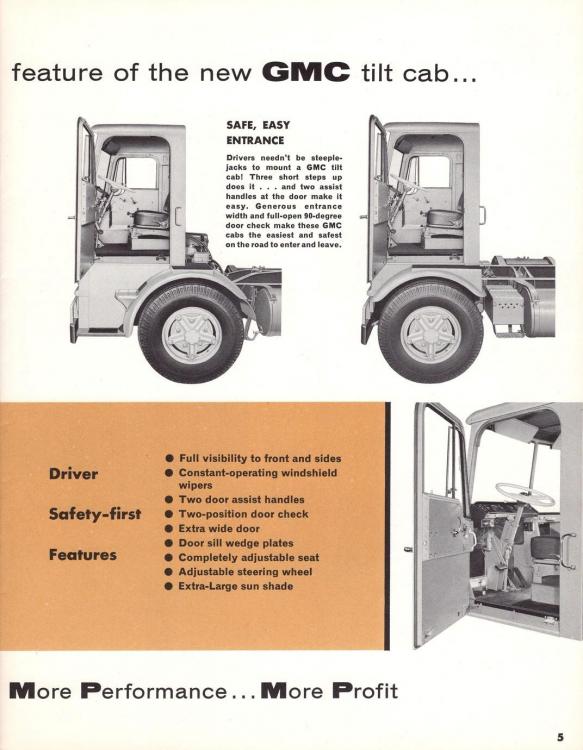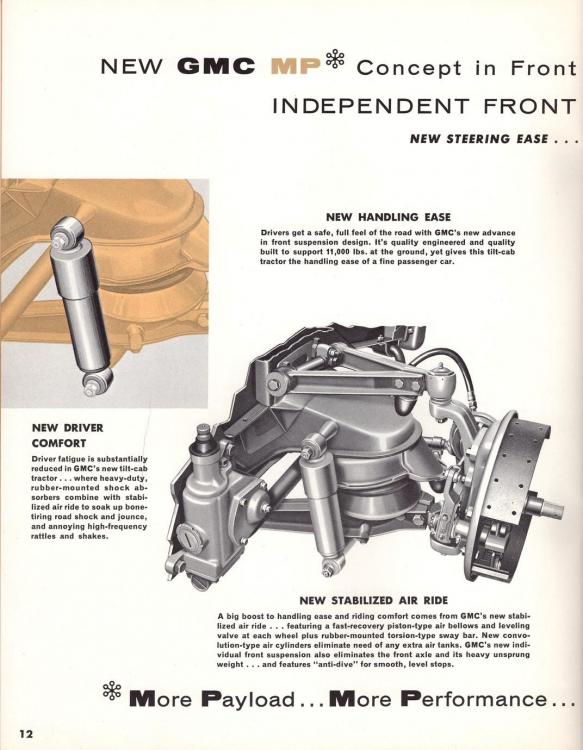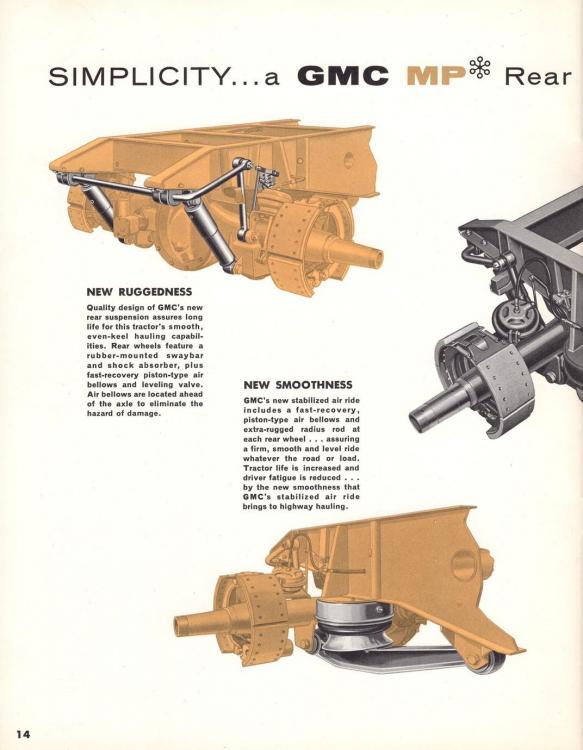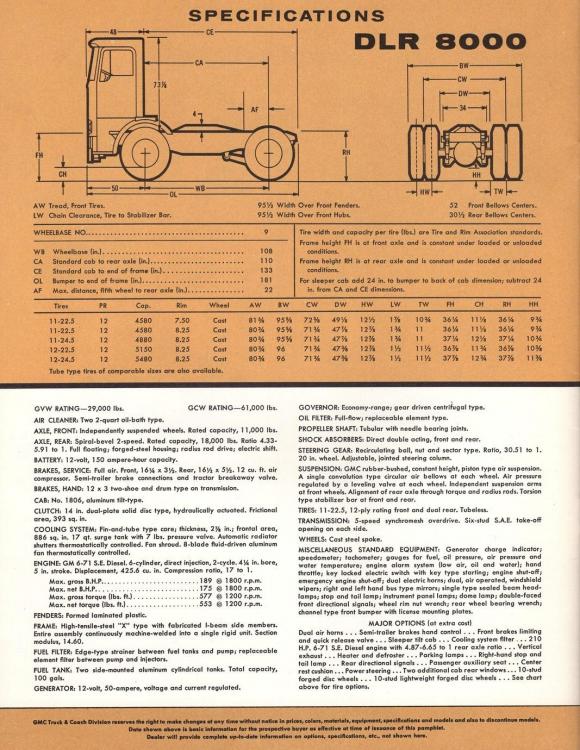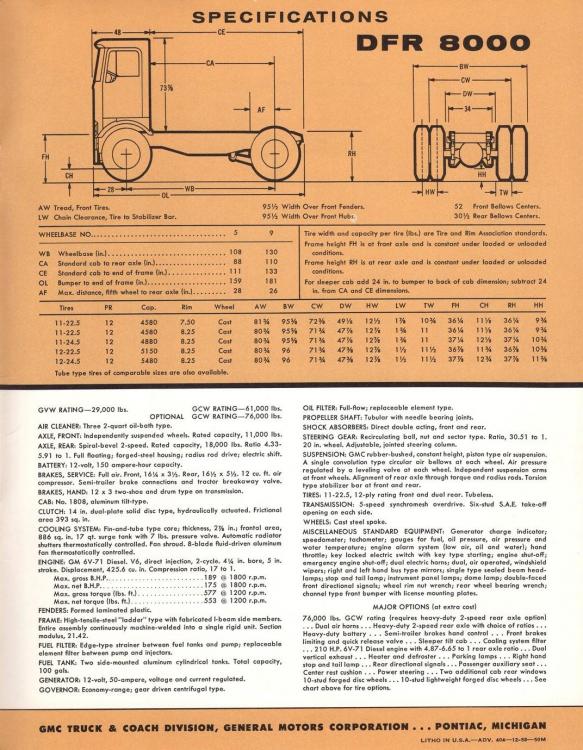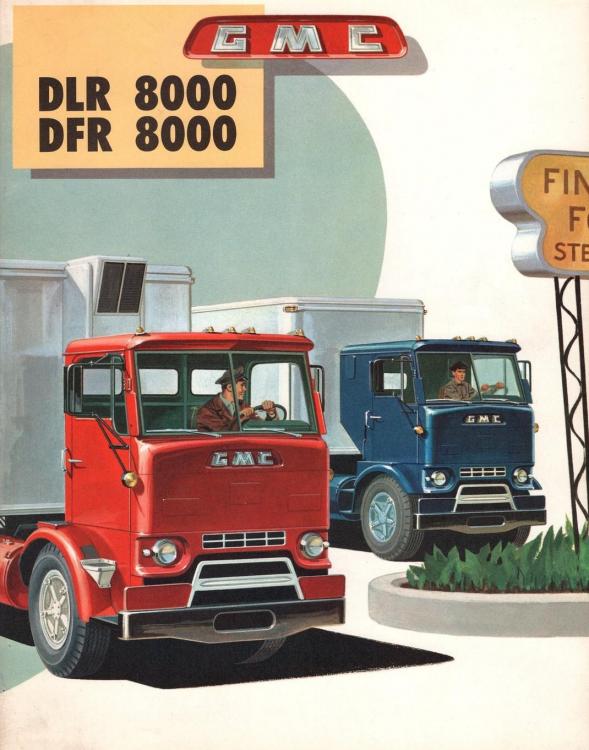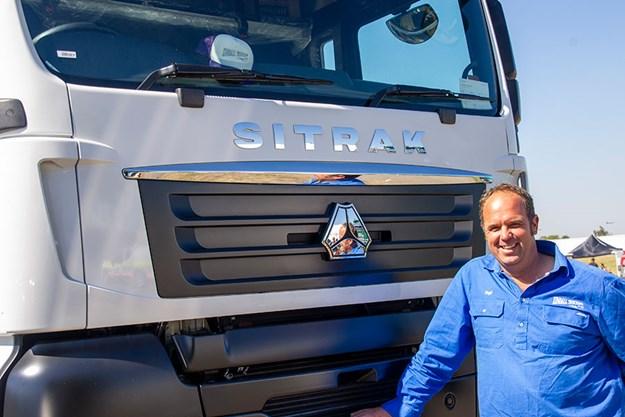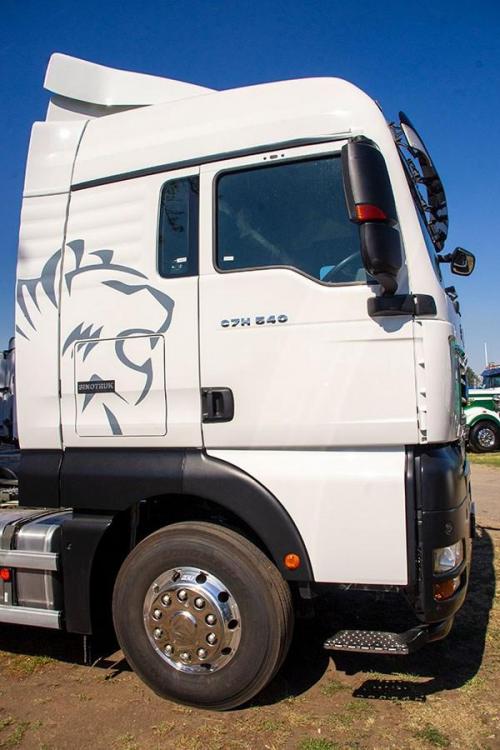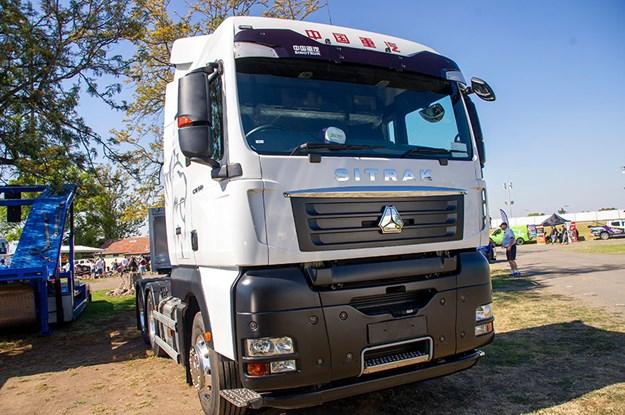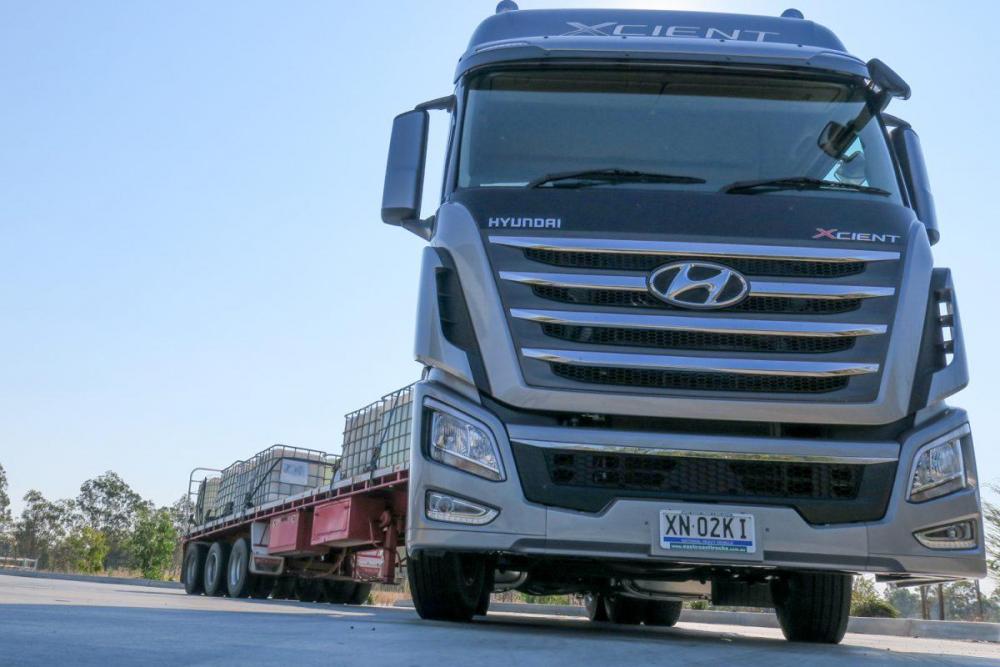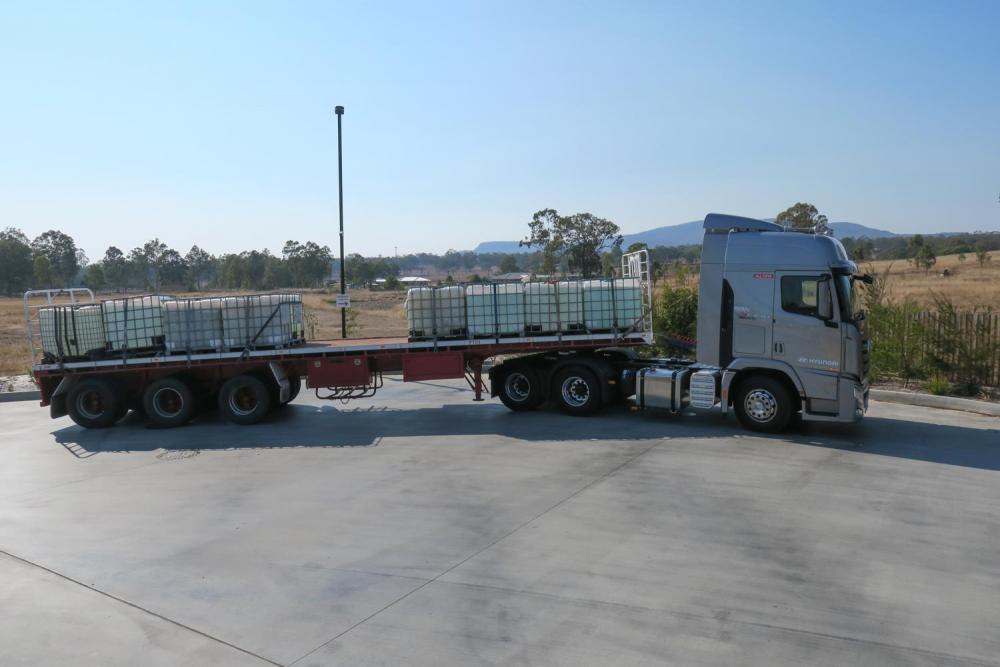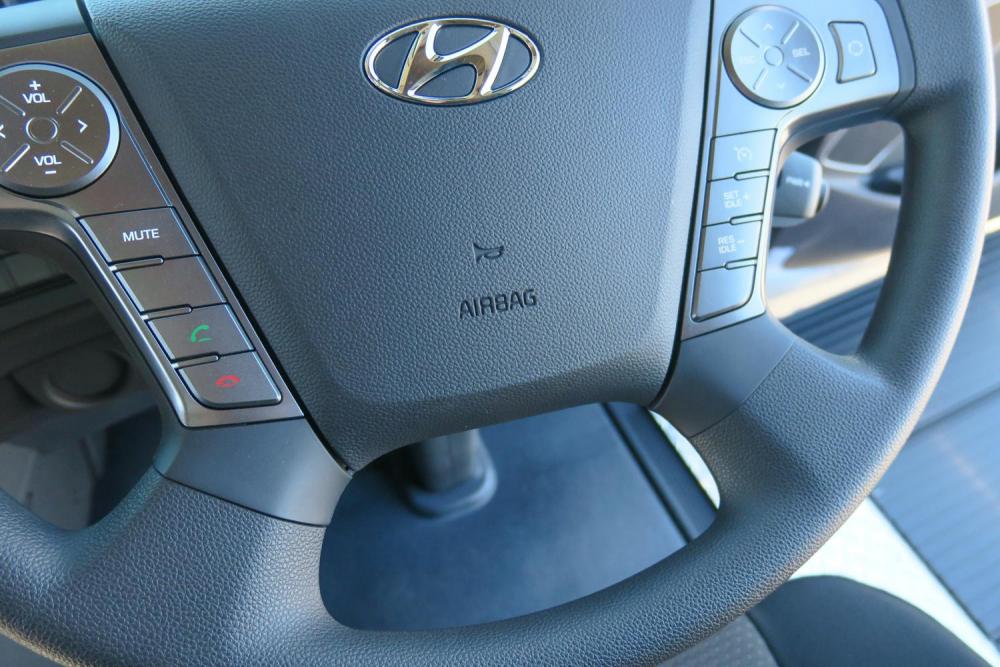
kscarbel2
Moderator-
Posts
18,886 -
Joined
-
Days Won
114
Content Type
Profiles
Forums
Gallery
Events
Blogs
BMT Wiki
Collections
Store
Everything posted by kscarbel2
-
Wall Street Journal / December 10, 2019 Exceptions under federal firearms law allowed the murderer in the attack at Naval Air Station Pensacola to legally buy a handgun in the U.S. despite his Saudi citizenship. Mohammed Alshamrani was able to buy the 9mm Glock 45 because he had obtained a state hunting license, which is one of the exceptions to a law that normally prohibits people admitted to the U.S. under a nonimmigrant visa from possessing or owning a firearm, the Federal Bureau of Investigation office in Jacksonville, Florida, said Tuesday. State officials in Florida are "now" calling such exceptions “loopholes” that must be closed to help prevent similar incidents in the future. Alshamrani killed three people Friday in the attack at NAS Pensacola before he was shot dead by a local sheriff’s deputy.
-
Reuters / December 10, 2019 The Pentagon announced on Tuesday it was halting operational training of all Saudi Arabian military personnel in the United States until further notice. The decision will have far-reaching impacts on visiting Saudi personnel, including grounding more than 300 Saudi Arabian military aviation students. The Pentagon added the move would also affect infantry personnel and all other Saudi training, other than classroom training. The safety standdown only applies to the 850 visiting students from Saudi Arabia. A defense official said the shooting “suggested that there could be a particular improvement with that(nation’s population.” The U.S. Air Force said its groundings of Saudi aviation students also applied to additional U.S. bases. “We feel it is best to keep the Royal Saudi Air Force students off the flying schedule,” an Air Force spokeswoman said.
-
-
David Cullen, Heavy Duty Trucking (HDT) / December 9, 2019 Celadon Group Inc., operator of one of the nation’s largest truckload carriers and a pioneer of NAFTA cross-border trucking, has voluntarily filed for Chapter 11 bankruptcy, the company announced in the early morning hours of Dec. 9. The Indianapolis-based company is shutting down its business operations effective Dec. 9, except for its Taylor Express unit in Hope Mills, North Carolina, which will continue to operate as Celadon explores “a going concern sale of its operations.” Celadon CEO Paul Svindland told HDT that the company’s plan is “to liquidate all of Celadon except for our Taylor Express subsidiary. Our intent is to ensure drivers deliver their last loads safely and will then be instructed on where to deliver their equipment.” Celadon’s lenders have agreed to provide incremental “debtor-in-possession financing.” Chapter 11 filings typically allow the debtor to continue to operate its business in the ordinary course as the “debtor in possession.” However, the filer loses control over major decisions to the bankruptcy court, such as moving to shut down or expand operations or sell off assets. "Celadon has faced significant costs associated with a multi-year investigation into the actions of former management, including the restatement of financial statements,” Svindland said in a Dec. 9 statement. “When combined with the enormous challenges in the industry, and our significant debt obligations, Celadon was unable to address our significant liquidity constraints through asset sales or other restructuring strategies. “Therefore,” he continued, “ in conjunction with our lenders, we concluded that Celadon had no choice but to cease all operations and proceed with the orderly and safe wind down of our operations through the Chapter 11 process." While Celadon has been experiencing business difficulties for several years and had attempted to restructure without bankruptcy protection, the straw that broke the camel’s back may well have been the federal indictment of two former Celadon top executives in an alleged $60 million fraud scheme, which was unsealed on Dec. 5. Less than eight months before, the Department of Justice announced that Celadon had agreed to pay $42.2 million in restitution for filing materially false and misleading statements to investors and falsifying books, records, and accounts. In early 2017, the company posted a $10 million operating loss in the first quarter of the year and was threatened with delisting its stock on the New York Stock Exchange. Current CEO Paul Svindland was named to his position later that year, as Celadon began divesting itself of some of its businesses, selling off its flatbed operations and its driver training business. Earlier this year, it sold its logistics business and its intermodal business. In late July, Celadon announced that it has refinanced its former revolving credit facility and obtained $165 million in new financing. In the announcement, Celadon said the funding would “provide a platform for the company to engineer a turnaround,” including replacing 2,000 tractors with new units in the next few quarters. At the date of its shutdown, Celadon was operating a fleet of some 3,300 tractors and 10,000 trailers with nearly 4,000 employees. Estimates of the number of drivers in the fleet range to over 3,000. Beyond the immediate impact on shippers awaiting loads and, of course, on the Celadon drivers and other employees who will lose jobs, there’s no hard-and-fast equation to compute the aftermath of a large carrier closing. That being said, Avery Vise, vice president of trucking for freight forecasting and analysis firm FTR, told HDT that, “The truckload freight market is so large and fragmented that the loss of a carrier with even a couple thousand trucks would not have any significant impact on capacity, rates, or the driver supply. “This is especially true at a time, such as today, when capacity utilization is well below average,” he continued. “Certainly, an abrupt shutdown would cause some disruptions for the defunct carrier's customer base, but those challenges generally would be resolved with a week or so, perhaps even within a few days.” On the other hand, Vise allowed that, "One unusual factor that could cause some near-term challenges is the very low capacity in the spot market, which typically would be the principal initial recourse following a major carrier shutdown. Spot truck availability for dry-van freight has been below even last year's low levels through most of 2019."
-
Eaton Introduces Medium-Duty Dual Clutch AMT
kscarbel2 replied to kscarbel2's topic in Trucking News
The foreign aggressor just kicked Eaton's future in medium to the curb. ZF's 8HP is significantly cheaper. Eaton, like Cummins, has lost so much market share that a future is no longer certain. https://www.bigmacktrucks.com/topic/57793-zf-to-offer-beefed-up-light-vehicle-8-speed-transmission-for-medium-trucks/ -
Eaton Introduces Medium-Duty Dual Clutch AMT
kscarbel2 replied to kscarbel2's topic in Trucking News
Related reading: https://www.bigmacktrucks.com/topic/41120-navistar-first-to-market-with-eaton-procision-dual-clutch-amt/?tab=comments#comment-298147 https://www.bigmacktrucks.com/topic/49142-eaton-increases-power-gvw-capacity-on-procision-transmission/?tab=comments#comment-364552 -
Eaton Introduces Medium-Duty Dual Clutch AMT
kscarbel2 replied to kscarbel2's topic in Trucking News
Eaton Discontinues Procision Dual-Clutch Transmission Jim Park, Heavy Duty Trucking (HDT) / December 9, 2019 Eaton is discontinuing its Procision dual-clutch automated medium-duty transmission. An Eaton official said the manufacturer would be discontinuing production of the Procision transmission at the end of the year, saying that customers were notified "a couple of months ago." Eaton refused to provide further details. The Procision, introduced in 2014 and in production since 2015, was the first automated dual-clutch transmission in the North American market. It was a 7-speed configuration with a 0.64:1 double-overdrive final drive ratio and was rated at 660 lb-ft. It featured creep mode, hill helper feature, and had three standard PTO openings. The dual-clutch shifting technology was the key to the Procision transmission. Eaton said when the transmission was launched that the torque path to the drive wheels is not interrupted by gear changes, so drivers wouldn't feel a lag in power when upshifting as they do with a traditional manual transmission or automated manuals. Gear changes are made by swapping the engine torque between clutches with the next gear preselected. Smart features such as Eaton Dynamic Shifting allowed the transmission to automatically switch between economy and performance shift schedules based on mass, grade, and driver demand. Withdrawing the Procision from the medium-duty market leaves Eaton with a line of 5- and 6-speed light- and medium-duty synchronized manual transmissions rated from 11,000 to 66,000 pounds GVW. -
We are honored that Southern California Disposal & Recycling included their new #Autocar #ACX in this awesome gender reveal event. Congrats, Sammy Matosian, it's a boy! #AlwaysUp #SantaMonica #itsallabouttheuptime #SoCalDisposal @socaldisposal Always Up - Autocar Trucks .
-
As numerous people have pointed out..........Saudi nationals learning how to fly in the United States.........didn't work out well the first time.
-
ZF's 12-speed AS Tronic TraXon automated manual transmission (AMT), which MAN calls "TipMatic". https://www.truck.man.eu/de/en/trucks/truck-assistance-systems/man-tipmatic.html https://www.zf.com/products/en/trucks/traxon/traxon.html
-
Saudi killer in U.S. Navy base attack hated Americans Reuters / December 7, 2019 PENSACOLA, Fla. (Reuters) - The Saudi airman training at Naval Air Station Pensacola who killed three people there posted criticism of U.S. wars and quoted slain al Qaeda leader Osama bin Laden on social media hours before the shooting spree. A sheriff’s deputy fatally shot the gunman, ending the second deadly attack at a U.S. military base within a week. The murderer was a member of the Royal Saudi Air Force who was on the base as part of a U.S. Navy training program designed to foster links with foreign allies. The shooter has been named as Second Lieutenant Mohammed Saeed Alshamrani. At least three of the eight people wounded were law enforcement shot as they responded to the attack, including one Navy police officer and two county sheriff’s deputies. Six other Saudi nationals are being questioned by investigators in Florida, three of whom were seen filming the incident, the New York Times reported. An uncle of Alshamrani, Saad bin Hantim Alshamrani, said his nephew was 21, and “likable and mannered towards his family and the community.” He said his nephew “has his religion, his prayer, his honesty and commitments.” The younger Alshamrani posted a justification of his planned attack in English on Twitter a few hours before it began. He referred to U.S. wars in the Middle East, writing that he hated the American people for “committing crimes not only against Muslims but also humanity,” and criticizing Washington’s support for Israel. He also quoted bin Laden, the Saudi mastermind of the attacks on the United States on Sept. 11, 2001.
-
https://www.bigmacktrucks.com/topic/47913-remembering-pearl-harbor-december-7-1941/?tab=comments#comment-354199
-
Mack truck modification center
kscarbel2 replied to james j neiweem's topic in Modern Mack Truck General Discussion
Yes it is. However, it's not "run" by Martin Lundstedt.......like an American company in the old days. Some days, I think Volvo is run half by the major institutional investors, and half by the board. And then you have the major stake holder, China's Geely. I am every day disgusted that the United Stated Department of Justice approved the purchase of Mack Trucks by a foreign aggressor. -
SITRAK is the unsuccessful joint venture between MAN and state-owned China National Heavy Truck Corporation (CNHTC). For the Chinese side, the JV was necessary to they could get MAN technology for their self-branded trucks. CNHTC ranks number 2 in heavy truck sales. The truck above is a revised MAN "TGA" with a China market D26 engine (simplified architecture). Really, a proven truck and all-round solid performer.
-
Owner-Driver / December 2, 2019 Owner-driver Glen ‘Yogi’ Kendall is well known in road transport circles, due to his support of trucking events and his appearances on the TV show Outback Truckers. However, when Yogi arrived at Sandgate Fruit Markets for the Newcastle Hunter Transport Awareness Day convoy, his Kenworth was nowhere to be seen. Instead, he was behind the wheel of a 540hp Sitrak prime mover, manufactured by the China National Heavy Duty Truck Group, or Sinotruk. The Sitrak was brought into Australia in September by Wei Liu, general manager of tyre wholesaler Spider GT. "There’s only two of them in Australia at this point in time, and he wanted some genuine industry feedback on what’s good, bad and ugly about the truck," Yogi explains. "And I’m not backwards in coming forwards." So Yogi flew across from Perth to Melbourne, picked up the truck and drove it up to Newcastle for test run. "I’ve put a couple of thousand ks on the clock. When I picked it up it had 114 ks on the clock," he laughs. "It is a complete and utter change from the ’95 Kenworth I’ve got." What immediately impressed Yogi was the spacious cab. "There’s two bunks in there, a phenomenal amount of room. That’s what I actually did like about it. "The vision is unbelievable, but again I’ve come out of a little Ned Kelly window to a big cab-over. "The mirrors are fantastic, but they make a big blind spot ’cause they’re so close." Yogi says, although the Sitrak drove well, it was difficult to evaluate it driving bobtail. "I did feel a little bit seasick, so it would be nice to put a trailer behind it, put a bit of weight on it and just see what it actually will do." Yogi says the Sitrak boasts MAN technology, and complies with Australian regulations. He adds that Sinotruk has been making trucks since 1935 and is the third largest truck manufacturer in China. However, entering the already competitive Australian truck market is a challenge. "He’s a good bloke to deal with," Yogi says of the Spider GT boss. "The biggest thing he’ll come up against, and we’ve already spoken about it, is how are you going to back it up? "At the moment he’s running Longmarch Tyres and Tianli Ag Tyres around Australia, so he’s got his dealer infrastructure, like parts and all that are not a problem. "So it’s all there. Everything’s laid out in front him." Yogi predicts the Sitrak will be around $200,000 on the road, with possibly a three-year, 600,000km warranty. .
-
Diesel News Australia / December 2019 Once out on the road, the build quality of the new Hyundai Xcient prime mover comes into its own. There are no creaks and rattles in a loaded truck over rough roads and all of the controls are positive and well adjusted. There is a reassuring reaction to any action by the driver. The steering feels precise, the ZF AS Tronic AMT is set up to make the right gear changes at the right time. The installation of the ZF transmission adds a quality feel to this product, as it does to the Hino 700 Series. It makes the truck work hard when it needs to and to take it easy when it can. It gets the required response from the 520 hp Hyundai engine which burbles away quietly under the cab in a very European style. The engine is a 12.7 L in line six cylinder which is intercooled and turbocharged. The version on offer here puts out 520 hp (382 kW) at 1700 rpm. It achieves maximum torque of 2550 Nm at 1200 rpm. The engine is compliant with Euro 5 and uses SCR to achieve its emission control objectives. The ZF AS Tronic gearbox comes with a very simple steering column control lever to allow the driver to intervene if necessary. On this test drive, out of Warwick in Queensland, down Cunninghams Gap towards Brisbane, before climbing back up the grade into Warwick, this driver hardly felt the need to intervene manually. In the main, the changes were made at the right time and in the right order. Included in the transmission is the ZF transmission retarder which feels very effective and was fully tested in a fully loaded condition on the way down the Gap. At the start of the descent a low gear was selected in manual and the four stage retarder set to maximum. This proved to be too much retardation, although you can never really have too much. Descending the grade, it was possible to run down a couple of ratios higher than expected and to toggle between position two and three on the retarder control, which sits handily on the right hand side of the steering column. To say this truck was comfortable coming down the Gap would be an understatement. Clearly, this truck could run down a grade like this with a B-double on behind and be able to cope with the workload. There is enough here to make a driver feel secure at quite high masses. The climb back up the Gap poses a different challenge to this South Korean product. The spec sheet tells us we have 520 hp and 2550 Nm of torque in our back pocket. The climb shows us it does include what it says on the box. The combination of enough torque and a sure footed AMT like the ZF does a pretty good job of completing the climb. This is not the best performer Diesel has ever climbed the Gap with, but it is certainly not the worst either. Unfortunately, it was not possible to make a definitive judgement on the climbing performance as the truck was baulked by a slow moving heavy load before the final kick over the top of the climb. At the end of the day, this engine and transmission combination proved to be in the same ballpark as its competition, which is where a new entrant needs to be to show it is competitive. The Xcient certainly seems to be that. The truck uses disc brakes all round and includes ABS, ASR, hill start assist and something called vehicle dynamic control, a feature which is something we need to find a little bit more about in the future. .
BigMackTrucks.com
BigMackTrucks.com is a support forum for antique, classic and modern Mack Trucks! The forum is owned and maintained by Watt's Truck Center, Inc. an independent, full service Mack dealer. The forums are not affiliated with Mack Trucks, Inc.
Our Vendors and Advertisers
Thank you for your support!



